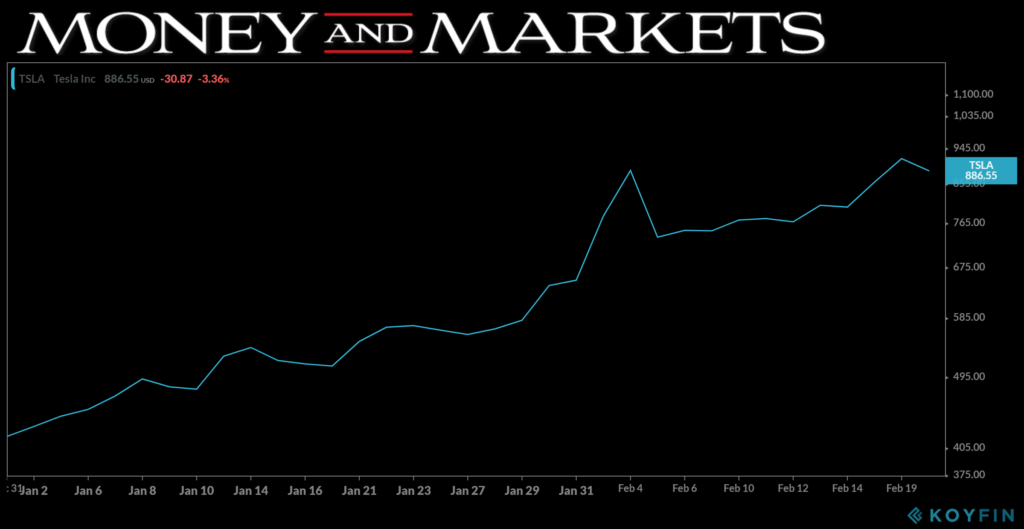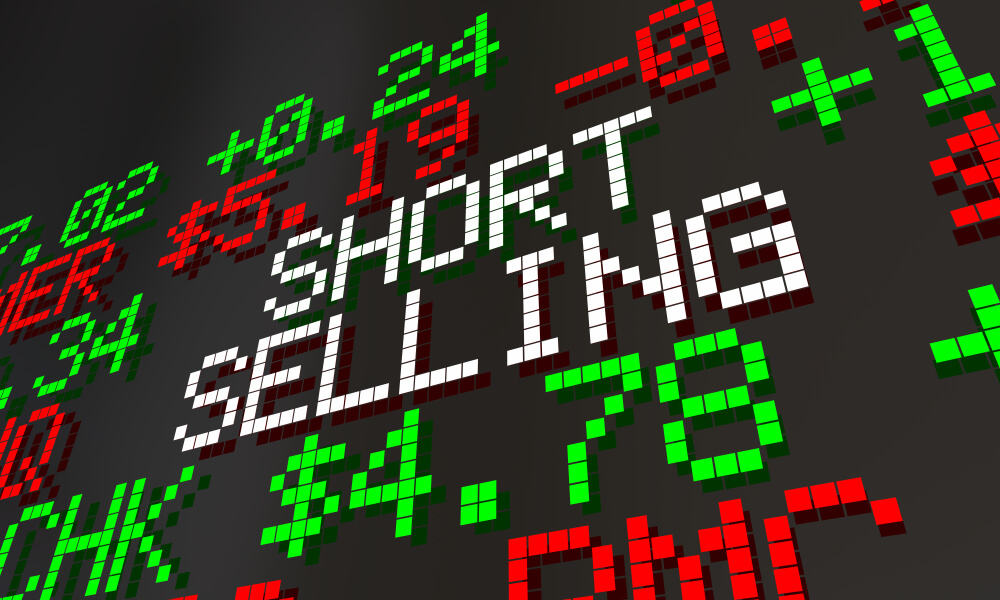It can’t feel too good to be a Tesla short right now, as those that have bet against the electric carmaker’s meteoric rise have lost almost $12 billion so far this year.
Around 10% of those losses came on Wednesday alone, according to analytics from the financial firm S3 Partners. Tesla Inc. (NASDAQ: TSLA) stock surged to close at a record-high $917.42 per share Wednesday. Wall Street’s own Piper Sandler fueled the move after raising its price target to $928 per share, which is the highest of any Wall Street establishment.
Piper Sandler’s upgrade was helped by what it called “the superiority of Tesla’s products,” and the company’s next challenge will come in the form of developing cleaner energy to charge its cars.
“As curmudgeons rightly note, charging EVs with coal-based electricity isn’t very ‘green,'” Piper Sandler analysts Alexander Potter and Winnie Dong wrote in a note to clients, according to Business Insider. “So Tesla’s next challenge will entail making it cool to generate and store one’s own solar power.”
While the stock has soared since last October on strong third and fourth quarter earnings, along with strong vehicle deliveries, it’s also been pushed up by short-sellers causing a market phenomenon known as a “short squeeze,” per Business Insider:
(A short squeeze) is when a stock gains so rapidly that traders betting against it are forced to bow out of their short positions, sometimes sending the stock price even higher.
S3 Partners doesn’t see a dramatic short squeeze happening, though.
“It is more likely to be a continuous slow decline in shares shorted rather than a sudden abrupt plunge,” S3 Managing Director of Predictive Analytics Ihor Dusaniwsky wrote in a note earlier this month. He said that was due to “the amount of short hedging being done to offset Tesla convertible bond and option exposure.”
Some hedge funds have lost quite a bit by betting against the carmaker. GMT Capital and Odey Asset Management each lost more than 10% in January on failed short bets.
Since Jan. 1, Tesla’s stock has gained almost 120% as of Wednesday’s close, but it was down over 3% again Thursday afternoon.





